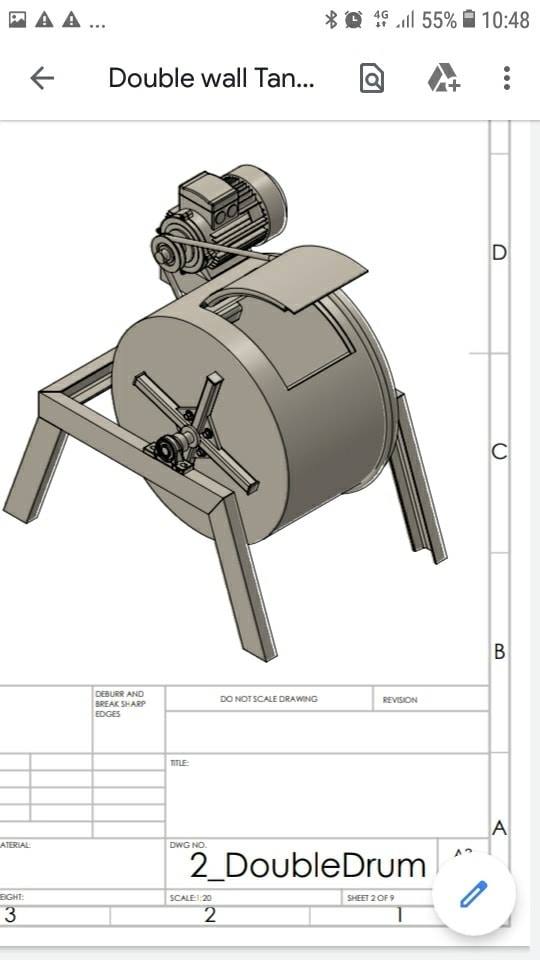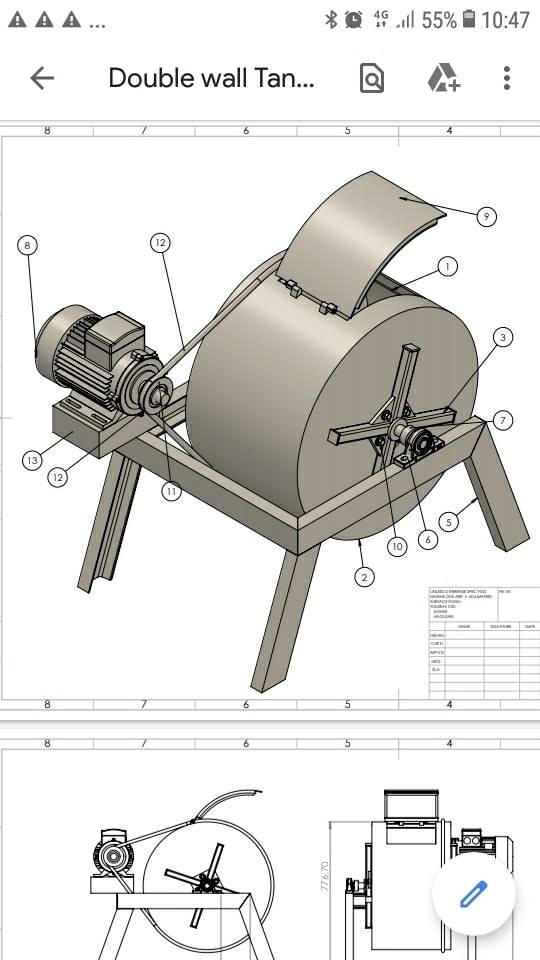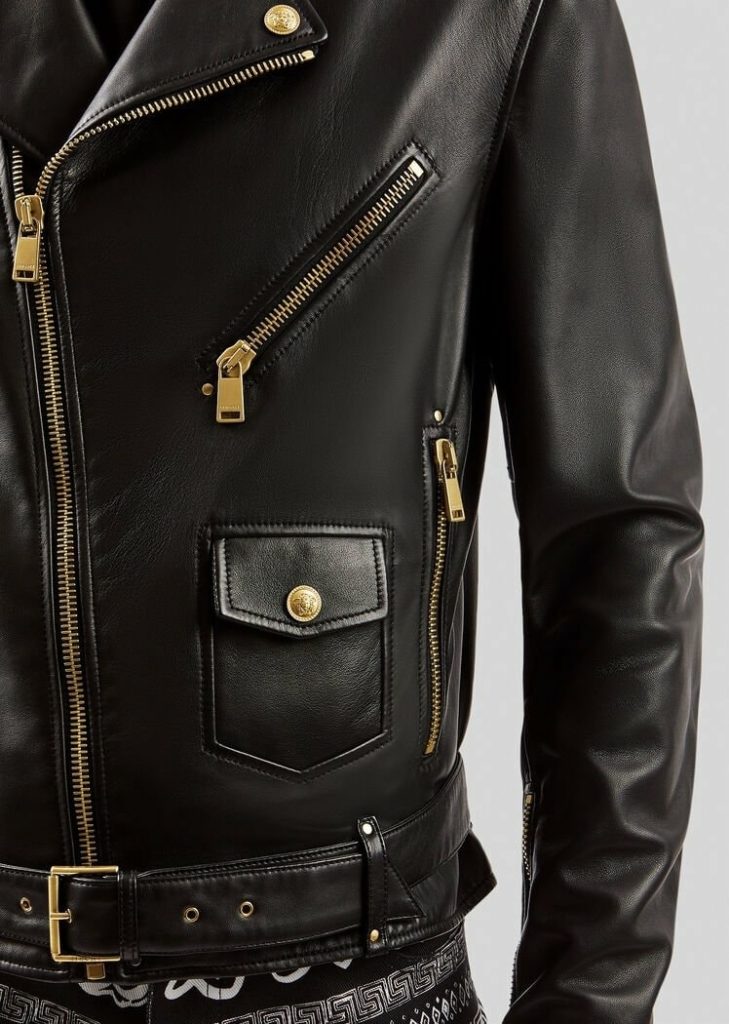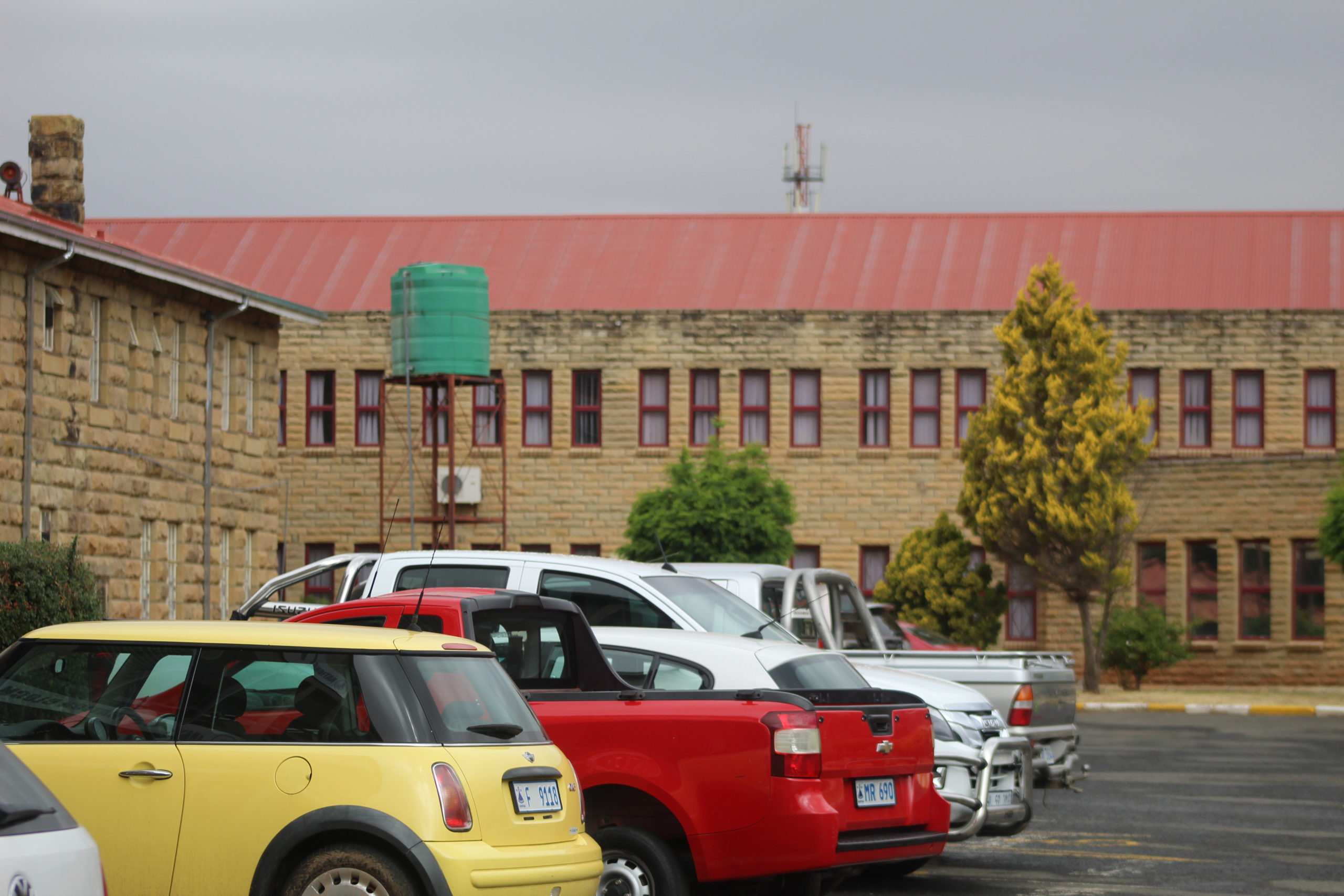This is a design of a drum to be used in the making of leather in the process called leather tanning. It is a combined effort of Mothepu Lerata, a Chemical Technology graduate from the National University of Lesotho (NUL) and Mziwakhe Makhaya, a Mechatronics Engineering graduate from the University of Cape Town (UCT) and the former attaché of the NUL Innovation Hub.
They are assisting Mazenod Rural Tannery.
“Mr Makhaya developed the designs and I developed the mathematical equations to estimate the heat loss of the design in order to conserve the energy lost by the drum during use,” Lerata said.
(Join PhuthaLichaba, the Future Bank of the People by NUL Innovation Hub here: www.phuthalichaba.com).
Use of animal skins as leather for clothing is old as mankind.However, the making of machines for leather tanning is a process of continued interest. That is because leather tanning is a complex and long process that relies heavily on the use of numerous chemical. It needs continual improvements.
So you love wearing your leather jackets or (genuine) leather shoes?That’s cool!
However, do you know how much work went into that leather? A lot. Today, we are going through the leather making process to find out why this drum design would be necessary for efficient leather tanning and reducing tanning costs.
To understand why leather tanning is necessary, you need to understand that animal skins contain a form of protein fibres named collagen fibres. These are the fibres that make the backbone of animal skins. The skins are made strong by these fibres.
By tanning the skin, you want to make sure that these fibres cannot be attacked by microorganisms such as bacteria so that the skin doesn’t rot.
Then you get leather.
However, before you arrive at that, there are lots of things to clear along the way. Here are some of them:
(1) Soaking: Water is added to dry previously salted animal skins to bring back the moisture content of the skin to a desirable level so that they can be treated with chemicals
(2) Liming: The skins are treated with lime to extract the natural fat and unnecessary proteins. Sodium sulphide is also added to remove the hair from the skin.
(3) Fleshing: The skins are passed between several rollers of a machine to remove meat and fat.
(4) Deliming: This is the removal of lime (added in step 2) from the skins using organic or inorganic acids.
(5) Bating: This reduces skin swelling and removes some protein waste using enzymes, among other things.
(6) Pickling: Skins are then put in a salty water and acid solution to bring collagen fibres of the skin into acidic conditions so as to facilitate penetration of the tanning agent (usually chromium-based chemicals).
(7) Tanning: This is the most important stage in the leather industry. The collagen fibres are made strong by tanning agent so that the skin can no longer rot. The tanning agent connects the collagen fibres together, increase the skin’s resistance to heat and turn it into a material that cannot be attacked by bacteria or fungi. That is why “genuine” leather often lasts you a lifetime.
The process of tanning can be very slow in the absence of drums of the kind designed by these two folks. “The tanning process can take up to six months in the absence of tanning drums, but just 24 hours in their presence,” Mothepu said.
Tanning is done by adding chemicals based on an element called chromium in a water-based solution. The drums keep spinning or revolving, make it easy for these chemicals to find their way into the skin and changing the collagen fibres to make them strong and almost impossible to rot.
To do their work well, the solution in the drums should be heated and kept warm. That makes the tanning process even faster.
And this where Lerata and Makhaya’s design comes in.
To keep the water-based chemical solutions in the tanning drums warm, you must keep adding heat to the solution through electricity. The problem is that as much as you add heat, you are also losing it from the drum to the environment. In Winter, when it is really cold outside, you lose more heat, so your heater works overtime.
If your drum is made of a metal, you lose heat (and therefore electricity) faster than if your drum is made of wood. So you will pay more for electricity if you use steel based drum.
“However,” Lerata said, “We found it would be easier to fabricate a steel drum than a wooden drum, at least in Lesotho, given the skills available.”
But we had to make changes on the steel drum design. Instead of a single steel layer, it has two layers of steel and one layer of air in between. That air layer is a game changer as it prevents lots of heat from escaping.
Through mathematical equations we developed, “we have proved that our steel-based drums, with an air layer, will perform even better than wooden drum in terms of conserving energy,” Lerata concluded.
(Join PhuthaLichaba, the Future Bank of the People by NUL Innovation Hub here: www.phuthalichaba.com).




